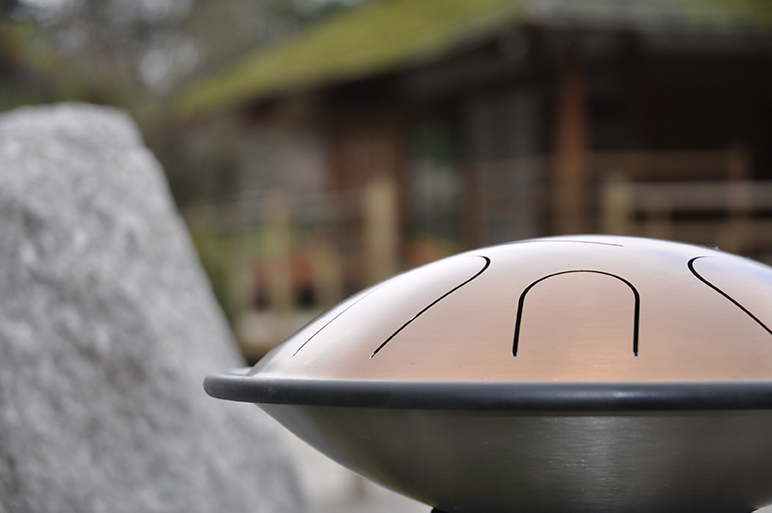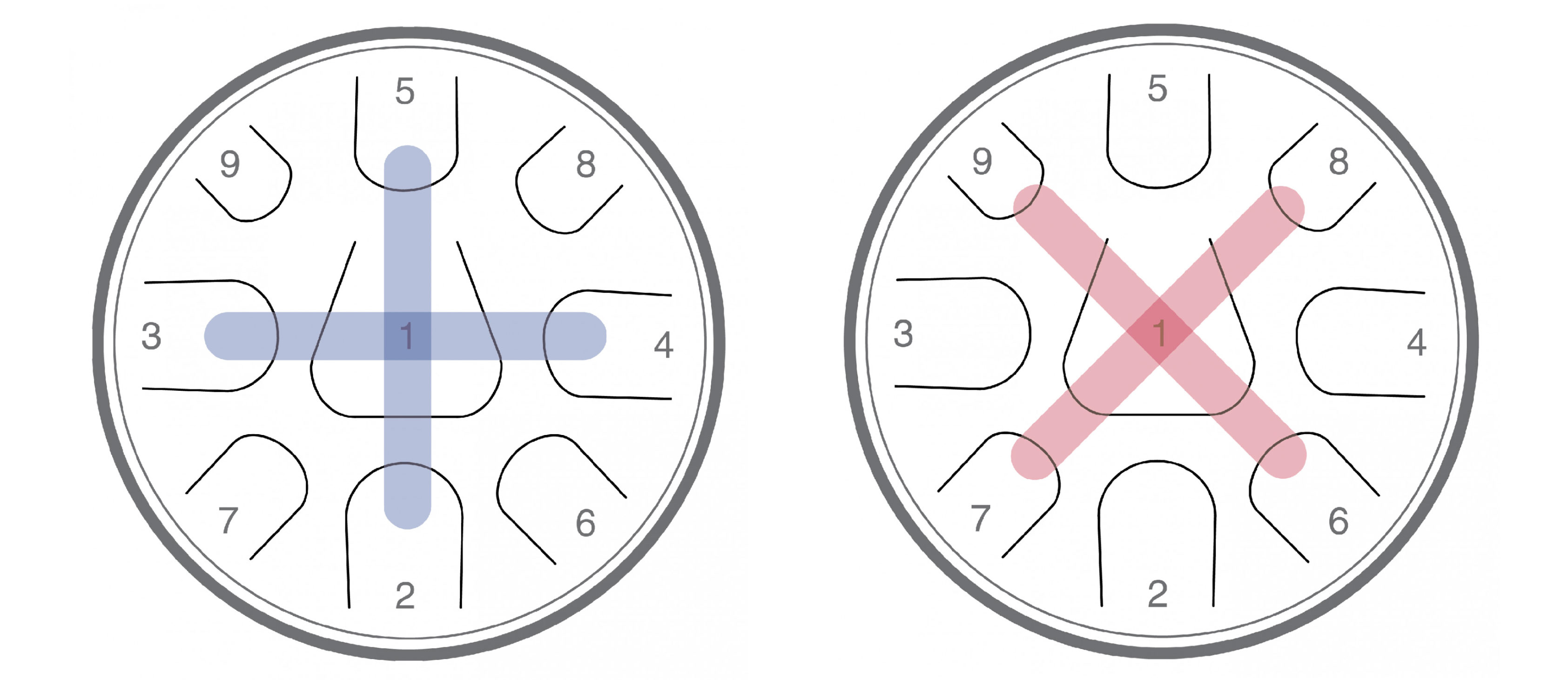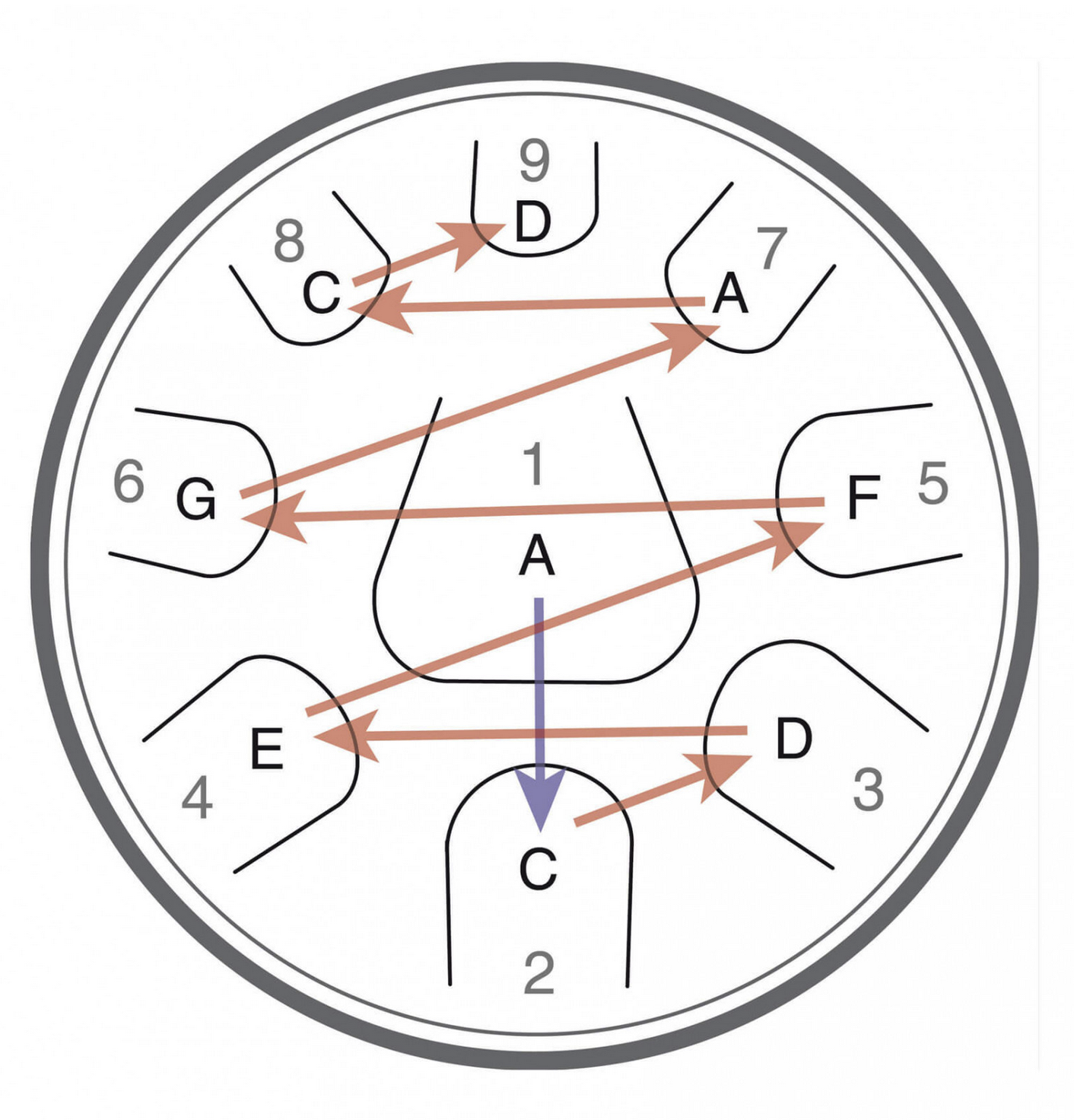How to choose the right tongue drum?
Are you looking to buy your first steel tongue drum, or perhaps a new one?
Faced with an increasingly wide range of products on offer, whether in music shops or on the internet, it can be difficult to know which model to choose and where to turn to make a purchase with complete peace of mind. Metal Sounds - as a French manufacturer with the "Artisan d'Art" label - relies on its expertise to guide you in a primary concern of never sacrificing quality. Thus the choice of materials, the finesse of the tuning, the finishes, the accessories and of course the proposed guarantee are all elements that we invite you to take into account in your selection criteria.
To help you see things more clearly, we will explain here the essential points to know before buying a tongue drum!

What is my tongue drum intended for?
It is necessary, and even essential, to determine the use you will have of your future tongue drum (also called hank drum or tank drum).
Will you be using it at home? Will you play alone or in a group? Will you travel with your tongue drum? Do you want to compose music or just relax and play intuitively?
These are just some of the questions you will need to think about in order to determine the purpose of your next tongue drum. Depending on your expectations and needs, you may want to choose a tongue drum with a certain note arrangement, a certain size, or a certain frequency.
Determining the right number of notes
First of all, you have to choose the number of tongues of your steel tongue drum. This is important because the number of tongues corresponds to the number of notes in the instrument. So if the tongue drum has 8 tongues, it means that you will have 8 musical notes to play it with. The more notes you have, the more playing possibilities you will have (theoretically), but the more difficult it will be to master the instrument. Be careful not to fall into the trap of choosing a tongue drum with too many notes if you have no use for it.
Generally speaking, a tongue with between 8 and 10 notes is ideal for beginners. It is enough to compose and enjoy without making the instrument too complex to play.
Checking the arrangement of notes on a tongue drum
Depending on the manufacturer and the model you can have completely different note arrangements.
The Zenko tongue drums from Metal Sounds for example have two different note layouts:
- A cross arrangement which allows for smooth playing by alternating the two hands whether the instrument has 8 or 9 notes.

- A zig-zag arrangement that also allows for fluid play by alternating the two hands, but this time in the manner of a handpan.

What is the right size for a tongue drum?
The size of the tongue drum is an important element in the selection criteria, as it determines the weight and volume of the instrument.
It is quite easy to understand that the smaller your instrument, the lighter and more convenient it will be to carry. Choosing a tongue drum with a small diameter (about 20 cm) allows you to take the instrument everywhere with you, to hold it easily in your hand or for use by a small child.
On the other hand, choosing a large size (about 45 cm in diameter) means that it takes up more space and weighs more, but offers other advantages too.
Logic also dictates that the larger your instrument, the more notes you will have, or at least the lower the register. So it's up to you if you are looking for high and crystalline sounds like the Zenko® ELEMENT offers or if you prefer medium or low tones.
Which material to choose?
Not surprisingly, the materials used for the construction of a steel tongue drum are part of the criteria to be taken into account. The metal used to make the instrument will have an impact on its sound and its life span.
A tongue drum can be made of aluminium, mild steel or stainless steel. And depending on the material, the finish will be different. There is no need to varnish or paint a tongue drum to protect it from corrosion as is often the case with mild steel models, if aluminium or stainless steel is used.
A stainless steel instrument like the Zenko will have a brighter sound due to the mechanical and vibratory properties of stainless steel compared to aluminium or mild steel. It also offers excellent resistance to shock, moisture and corrosion.
For those who prefer a rounder sound, painted steel tongue drums are generally preferred.
The modes and ranges of tongue drums
The colour of the scale on a tongue drum depends on the mode and the notes chosen by the manufacturer. Here is a brief explanation of what the modes and scales are to help you make your choice:
- Modes
In music there are several modes but we will concentrate here on the two main modes, namely the major and minor modes. Modes are systems of notes used in music to create different tones. They are constructed from different sequences of tones and semitones that create specific intervals between notes.
The major mode is often associated with a bright, happy mood, while the minor mode is often associated with a more melancholy
- Scales
A series of notes arranged in a specific way, scales are often used as a basis for creating melodies and harmonies in music. In the case of tongue drums, scales are particularly important as they determine the notes that the instrument can produce.
When choosing a scale for your tongue drum, there are several factors to consider, including your level of musical ability, your sound preferences and the style of music you wish to play. Scales can vary in terms of the number of notes and the sequence of intervals between them.
Some scales are more common than others. Pentatonic scales are often found on tongue drums (five notes that are spaced by specific intervals) whether they are Western or more 'exotic', such as Japanese or Arabic scales.
In summary, when choosing your scale, listen carefully to each model you try to find the scale that best suits your playing style and musical taste.
Choosing the scale for your tongue drum is a personal decision and keep in mind that you will not be able to change it because it is fixed. So find the one that really inspires you and allows you to create the music you love.
With 10 different scales (diatonic, pentatonic, chromatic) and major and minor modes, Zenko tongues drums are suitable for a wide range of people and for all kinds of applications: music in the studio, in a group or for yourself, relaxation, musical awakening, healing sounds...
Which pitch should I choose between 440 Hz / 432 Hz / 429.6 Hz?
Some manufacturers, such as Metal Sounds, offer to tune tongue drums to different tuning forks (frequencies measured in hertz). Generally, two tuning forks are offered, but a third is increasingly in demand:
440 Hz pitch
This is the so-called "standard" pitch, for the note A. It corresponds to the basic frequency of modern Western music. This pitch is chosen if you want to play music with other people (regularly or not).
432 Hz pitch
This is the so-called "natural" pitch of the note A. This pitch is nowadays mainly used by practitioners in the fields of well-being (sound therapy, relaxation, music therapy, sophrology, etc). However, the virtues of the 432Hz pitch are still debated to this day due to the lack of scientific studies on the subject.
429.6 Hz pitch
This is the pitch of the note A, which corresponds to the exact frequency of water. Joseph Sauveur, a French musician and mathematician, proposed a tuning frequency of 429.6 Hz in the 17th century, based on the natural harmonics of music. Professor Marc Henry recently established that the exact frequency of the water molecule is 429.62 Hz.
As for the question of tuning forks, there has been a debate for a long time and it is likely to last for a few more centuries... It is therefore up to you to decide which one you want to use for your tongue drum.

In conclusion, in order to choose your tongue drum, it is essential to first determine the use you intend to make of it. This is ultimately the most important step, as it will allow you to target the right size of the instrument, the layout of the notes, the scale, or the frequency that suits you.
Other criteria, such as price, can also be taken into account when choosing your tongue drum. The question of price is important and needs to be developed in a dedicated article. See our "How much does a steel tongue drum cost" section to find out how much you can spend on a good tongue drum.
Finally, we have written an article to help you avoid online scams and poor quality instruments. It will help you make an informed decision when buying a steel tongue drum, whether you are a beginner or an experienced musician. We provide information on websites, music shops and manufacturers, so you can find the best instrument for your budget and needs. So check out our article "Where to buy a steel tongue drum".
Did you like this article? Would you like to receive more information about the tongue drum? Subscribe below to our NEWSLETTER!



